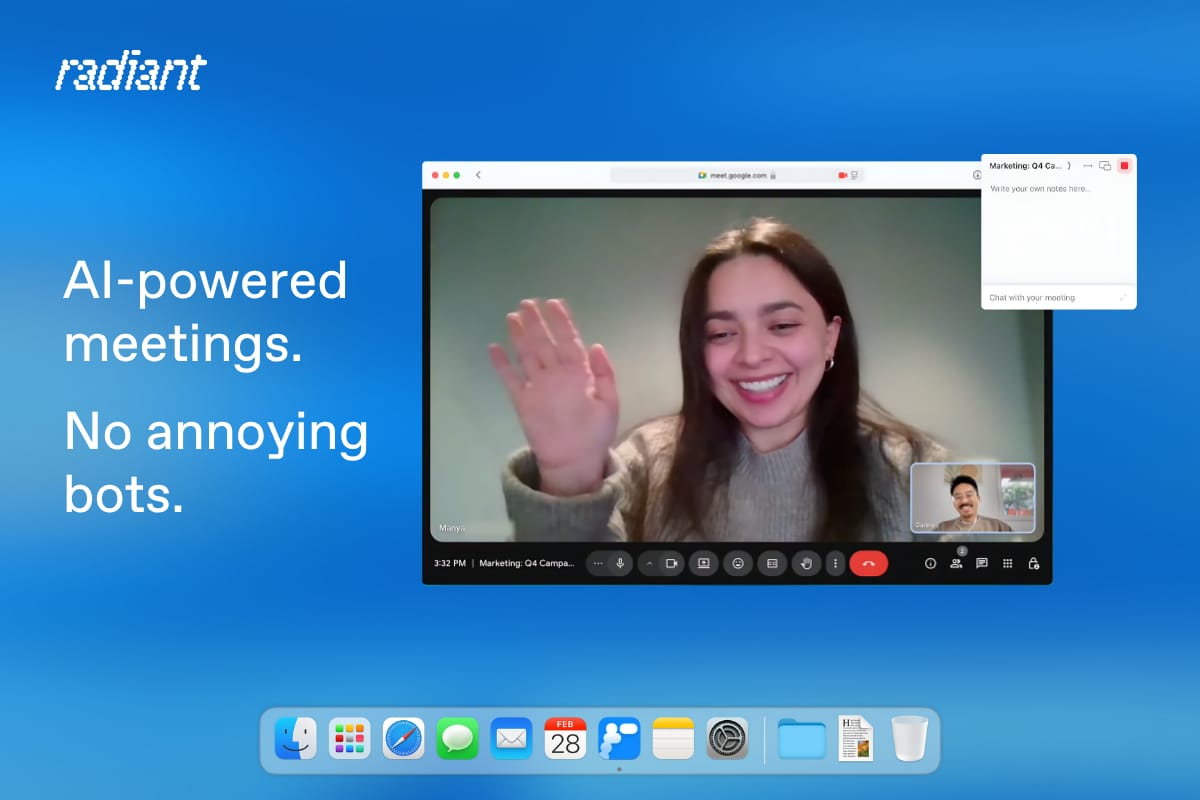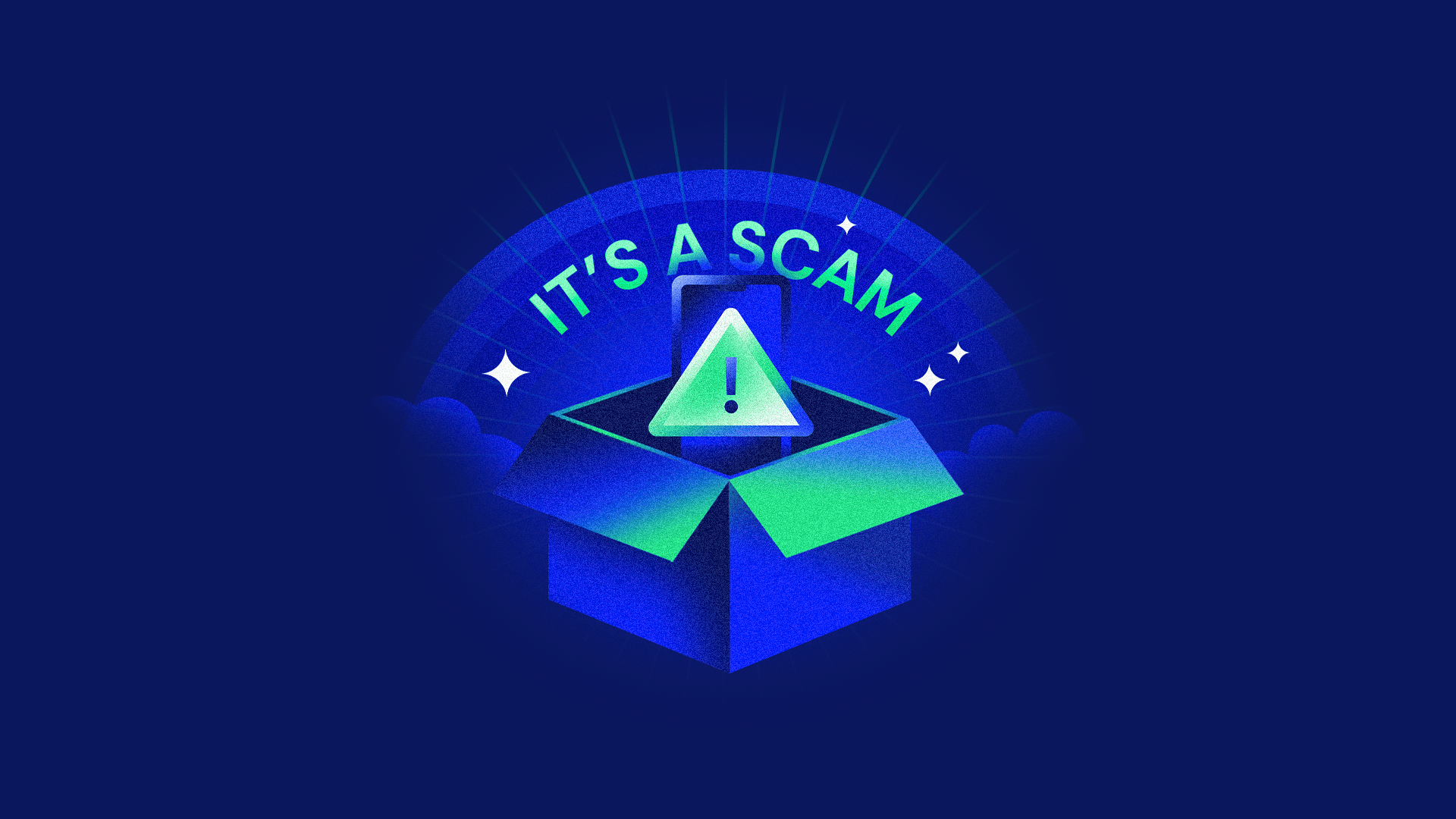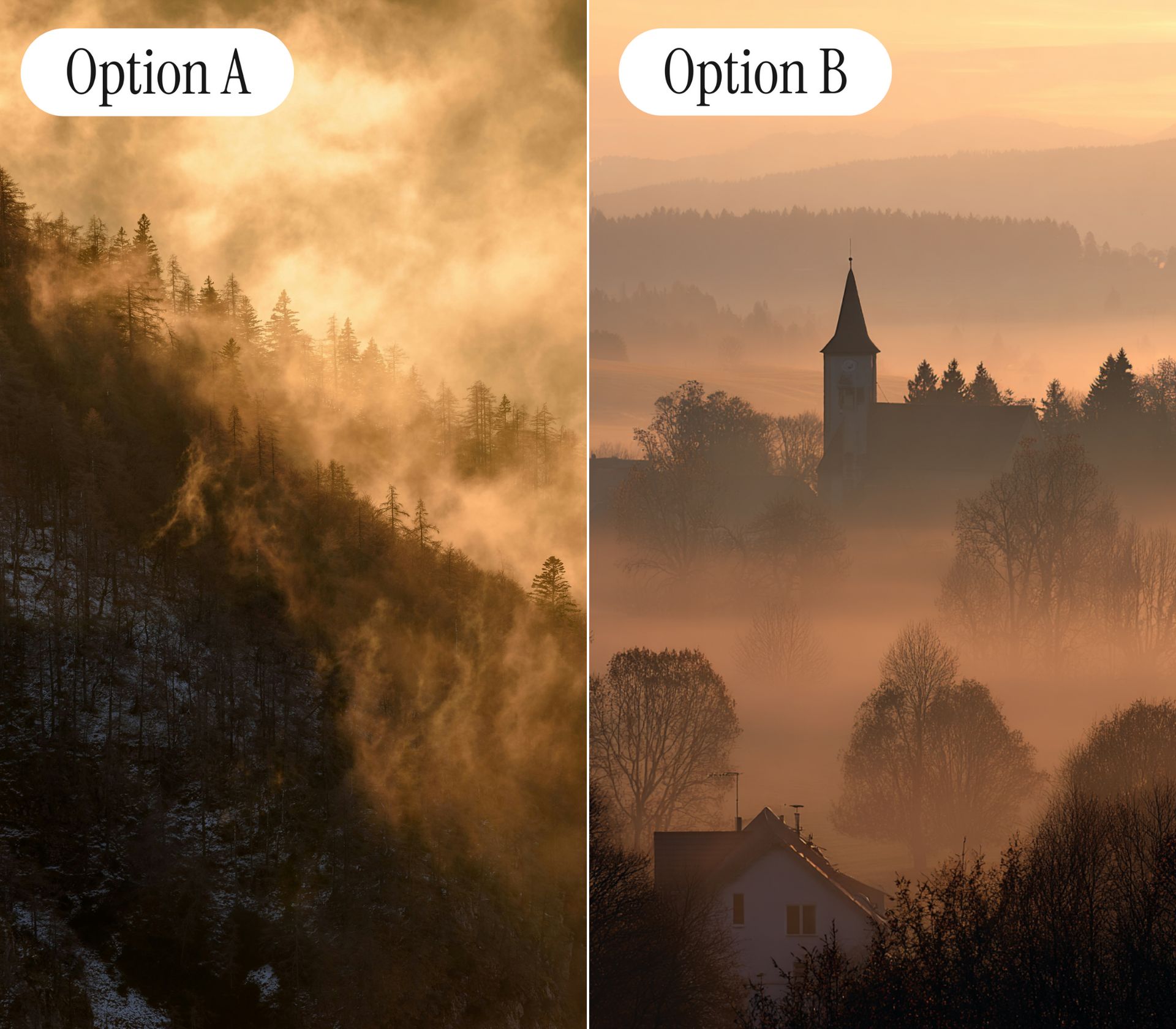- The Deep View
- Posts
- Perplexity, Snap ink $400 million partnership
Perplexity, Snap ink $400 million partnership
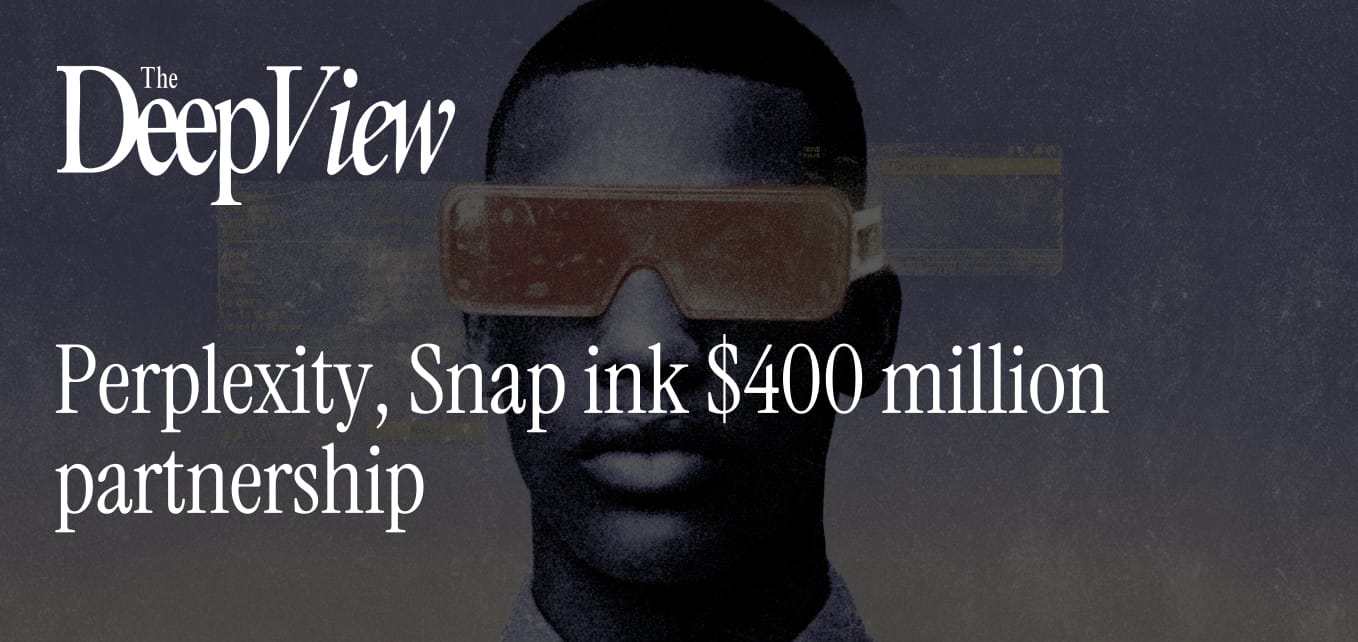
Welcome back. Elon Musk has taken another step towards trillionaire status. On Thursday, Tesla shareholders approved the CEO’s historic pay package worth almost $1 trillion, with 75% of voting shares supporting the decision. The pay package consists of 12 tranches of shares granted to Musk in exchange for hitting certain milestones over the next decade, with the first tranche being paid out if Tesla hits a $2 trillion market cap. In order for Musk to get the full amount, Tesla will need to hit a market cap of $8.5 trillion.
1. Perplexity, Snap ink $400 million partnership
2. OpenAI claims $20 billion ARR by year’s end
3. Big Tech takes sides in Anthropic, OpenAI rivalry
STARTUPS
Perplexity, Snap ink $400 million partnership
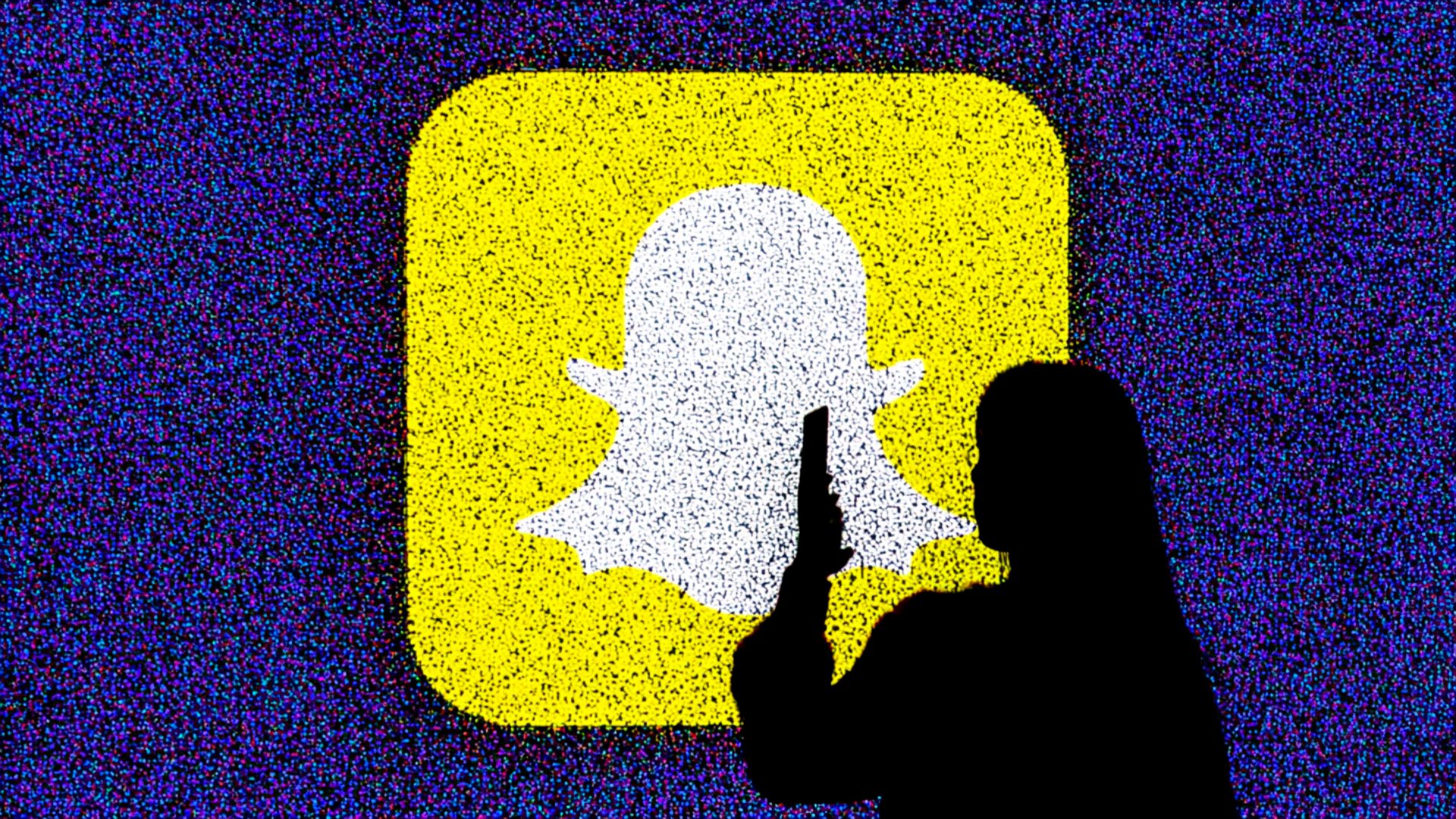
As tech giants set their sights on enterprise customers, Perplexity might be targeting a younger demographic.
The AI search firm announced on Thursday that it’s partnering with Snap to integrate its answer engine into Snapchat. As part of the deal, Perplexity will pay Snap $400 million over the course of a year through a combination of cash and equity, with the companies expecting revenue from the partnership in 2026.
“Millions of people connect and discover the world through Snapchat,” Perplexity CEO Aravind Srinivas said in the announcement. “By bringing Perplexity to Snapchat, we’re able to serve that curiosity directly where it occurs.”
For Snap, an AI partnership like this could be a huge benefit. Though the company’s MyAI chatbot has seen solid growth in daily active users, it’s struggled to stand out among rivals like Meta, which also seeks to capture user attention with AI. Partnering with Perplexity could give its AI strategy more legitimacy, helping reposition it as an “AI-enhanced platform” rather than just a social media firm, Ido Caspi, research analyst at Global X, told The Deep View.
Plus, as Snap has struggled to expand its ad business, “this diversification could reduce Snap’s reliance on cyclical ad revenue and boost margins over time if engagement scales successfully,” said Caspi.
As for Perplexity, this deal could help expose its AI to a large swathe of young users. In the announcement, Snap noted that its user base of 943 million consists 75% of users between the ages of 13 and 34.
However, with $1.5 billion in funding as of its latest round, $400 million is a large chunk of change for Perplexity to cough up. The AI firm may be betting a lot on the pull that Snap has among its users.

Though this partnership could recommend a win-win for Snap and Perplexity, allowing young users, particularly minors, free rein of AI products can get sticky. Snap has already gotten in hot water with regulators for MyAI’s potential “risks and harms to young users.” While more tech firms are integrating AI into consumer apps frequented by young users, “These systems aren't ready, and families and teens are even less prepared for the risks,” Robbie Torney, senior director of AI Programs at Common Sense Media, told The Deep View.
TOGETHER WITH RADIANT
Here’s how top performers handle meeting next steps
It’s not a complicated process like the Cornell or (gasp!) Zettelkasten Systems. In fact, it’s far easier… they use a (free!) AI personal assistant app called Radiant.
Trusted by users at top-tier businesses including Google, Forbes, Salesforce, Github, Snap, and more, Radiant takes the work out of notetaking – and does it all without the intrusive bots. Download the app, connect your calendar, and Radiant instantly captures notes, crafts meeting summaries, and even drafts all your next-step work for you.
There’s a reason why high-performing employees at some of today’s top companies trust Radiant to do their busy work: Because it works. Download Radiant right here and try it for yourself today.
MARKETS
OpenAI claims $20 billion ARR by year’s end

Sam Altman is addressing the elephant in the room.
The OpenAI CEO on Thursday said in a post on X that the company is on track to earn more than $20 billion in annualized revenue run rate this year, with a path to bring in “hundreds of billion by 2030.”
The figure is a stark jump from the $13 billion in revenue that the company’s CFO Sarah Friar claimed in September. But it’s still a far cry from the $1.4 trillion in infrastructure deals with massive tech firms, which have raised concerns that the company won’t be able to cover its commitments.
Altman said that while “each doubling” of revenue is hard earned, the company is “feeling good about our prospects there,” noting that enterprise offerings, consumer devices and robotics could become promising revenue categories. Altman also alluded to directly selling compute capacity to companies and consumers.
As for the rapid pace and magnitude of the infrastructure buildout itself, Altman said the risks of not aggressively building out AI data centers are greater than having too much compute power.
“We are trying to build the infrastructure for a future economy powered by AI, and given everything we see on the horizon in our research program, this is the time to invest to be really scaling up our technology,” Altman said.
Addressing criticism that OpenAI had eyed a federal backstop for its infrastructure investments, Altman said in his post that “taxpayers should not bail out companies that make bad business decisions or otherwise lose in the market.”
Though Altman has full confidence that OpenAI will be a “wildly successful company,” achieving the kind of exponential growth that it’s banking on hinges not just on widespread adoption, but a large pool of users – both enterprise and consumer – willing to pay for OpenAI’s services.
And despite the fact that OpenAI now has deep financial ties with practically every major tech power player, “if we get it wrong, that’s on us,” Altman said. “If one company fails, other companies will do good work.”
TOGETHER WITH INCOGNI
Unknown Number Calling? It’s Not Random
The BBC caught scam call center workers on hidden cameras as they laughed at the people they were tricking. One worker bragged about making $250K from victims. The disturbing truth? Scammers don’t pick phone numbers at random. They buy your data from brokers.
Once your data is out there, it’s not just calls. It’s phishing, impersonation, and identity theft. That’s why we recommend Incogni: They delete your info from the web, monitor and follow up automatically, and continue to erase data as new risks appear.
BIG TECH
Big Tech takes sides in Anthropic, OpenAI rivalry

Anthropic may soon notch another win in the AI race.
The company is reportedly in early talks with Google to raise a fresh round of funding, according to Business Insider. The investment may also take the form of offering Anthropic access to additional cloud computing resources.
Though it’s unclear how much Google would invest in the round, it could value Anthropic at more than $350 billion, nearly doubling its current valuation of $183 billion, which it achieved after its September funding round.
The rumored investment deepens the two companies' existing relationship:
In October, Anthropic announced a partnership with Google Cloud that would give it access to more than one million of its TPU chips. Without revealing exact financial figures, companies claimed that the deal is “worth tens of billions of dollars.”
Google also has invested more than $3 billion in Anthropic, according to the New York Times.
These deals highlight that two main sides of the AI battles are emerging: Anthropic and OpenAI. OpenAI has largely soaked up the spotlight in recent months, forging eye-popping partnerships with tech firms like Oracle, Nvidia, Amazon and more to build out AI infrastructure worth hundreds of billions of dollars, notching the title of the most valuable private company in the world with a valuation of $500 billion and laying the groundwork for a $1 trillion IPO.
But Anthropic hasn’t been sitting idly by. The company has secured a number of massive enterprise partnerships with Deloitte, Salesforce and IBM, and has its sights set on $70 million in revenue with positive cash flow by 2028 (compared to OpenAI sitting deeply in the red due to its $1.4 trillion in commitments). The rumored funding round is the latest signal that the rivalry, backed by some of the biggest players in tech, is reaching a fever pitch.
LINKS

OpenAI discusses AI progress, responsibility recommendations
Microsoft forms superintelligence unit prioritizing human control
Sony rolls out bias detection tool for vision models
Quantinuum launches Helios, claiming “most accurate quantum computer in the world”
Google plans to build AI data center on Christmas Island
Amazon testing automatic translation AI tool for Kindle
OpenAI lays out blueprint for teen AI safety and responsibility
Meta launches AI video platform Vibes in Europe

Odyssey-2: A second-generation interactive AI video model.
Cotera: An AI agent builder that allows users to build in chat, connect agents to hundreds of apps and automate busywork.
Gemini Deep Research: Google Gemini can now pull context from your Gmail, Drive and chats for more context-aware reports.
Brickwise: An AI property management system that automates maintenance and handles tenant calls.
Opal: Google Labs’ no-code AI app builder is now available in more than 160 countries.

A $100K Price Tag Just Changed How You Hire
Starting Sept 21, 2025, U.S. companies must pay $100,000 per new H-1B visa.
The result? Big Tech is freezing sponsorships, startups are priced out, and the search for talent just went global.
The smarter move: go remote.
Latin America offers top-tier engineers and AI talent in the same time zones—at up to 60% lower cost.
The future isn’t about moving people. It’s about moving work.
No visas. No $100K fees. Just brilliant teams, built globally.
(sponsored)
A QUICK POLL BEFORE YOU GO
Should AI search tools like Perplexity be integrated into social media apps used primarily by teens? |
The Deep View is written by Nat Rubio-Licht, Faris Kojok, and The Deep View crew. Please reply with any feedback.
Thanks for reading today’s edition of The Deep View! We’ll see you in the next one.

“The bulbs are properly spaced in the real image.” “This one was tough. When I zoomed in and saw people at what appeared to be a wedding, it felt more real than the blurry holiday lights. ” “The lights in the other image were different shaped bulbs but all the glowing lights were showing round in the picture so that led me to think it was fake” |
“The blurred lights made it appear more authentic. Because [the other option] was so crisp and clear, I thought it was AI. ” “I should have known better, as AI loves bokeh effect” “It would be cool to get a little more info on the AI vs non AI generated images, aka how to spot AI generated stuff” We will definitely see what we can do for future editions! Stay tuned :) |

Take The Deep View with you on the go! We’ve got exclusive, in-depth interviews for you on The Deep View: Conversations podcast every Tuesday morning.

If you want to get in front of an audience of 450,000+ developers, business leaders and tech enthusiasts, get in touch with us here.

